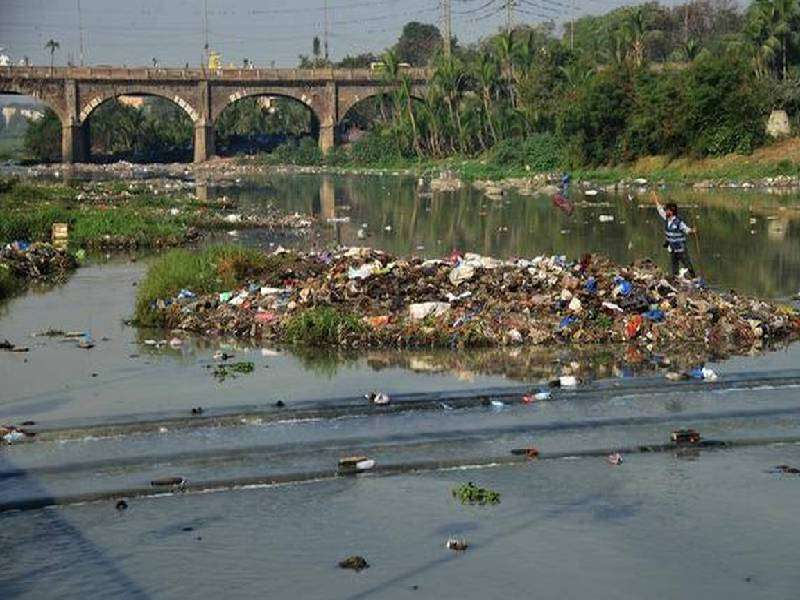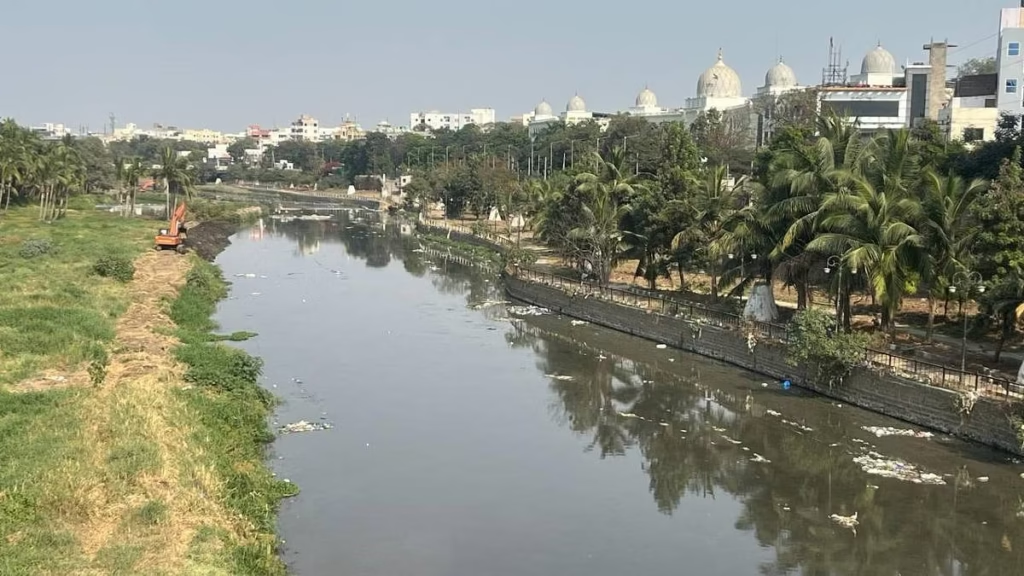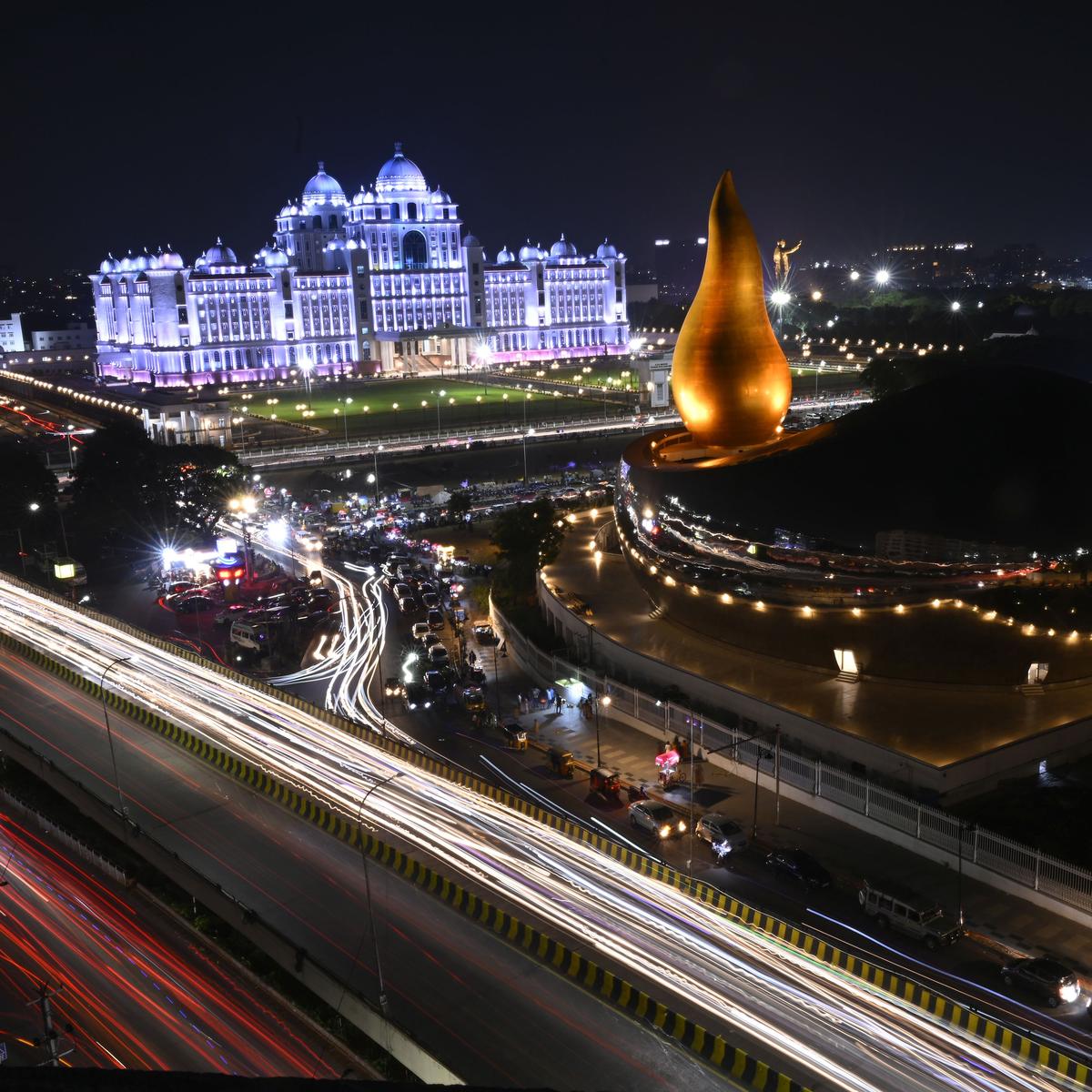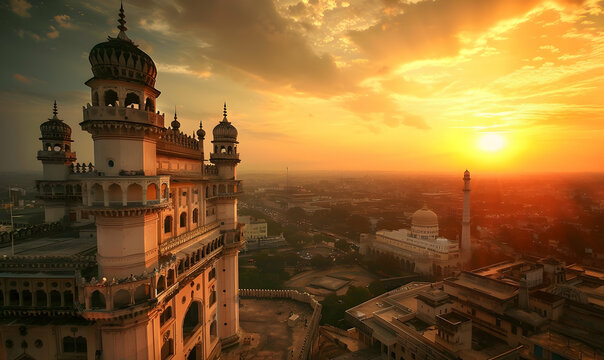The Musi River, flowing through the heart of Telangana, is more than just a waterway. It is a silent witness to centuries of history, culture, and change. Originating in the Ananthagiri Hills near Vikarabad, the river meanders across Telangana before merging with the Krishna River. Its historical significance is most deeply intertwined with the city of Hyderabad, where it has shaped the region’s development and legacy.
Origins and Course of the Musi River
The Musi River begins its journey in the lush Ananthagiri Hills, known for their pristine forests and tranquil landscapes. The river travels approximately 240 kilometers, passing through Hyderabad, where its presence has been central to the city’s history. It eventually joins the Krishna River near the Nalgonda district, playing an essential role in irrigating fields and supporting life along its course.
Musi’s Role in the Founding of Hyderabad
In the late 16th century, Hyderabad’s founding ruler, Sultan Muhammad Quli Qutb Shah of the Qutb Shahi dynasty, envisioned a city along the banks of the Musi. He chose the river as the lifeblood of the city, building his capital around it. The Charminar, Hyderabad’s iconic monument, was constructed near the river, symbolizing its central role in the city’s identity.


The Musi River provided water for daily needs and agriculture and became a hub for commerce and culture. Its banks were adorned with gardens, palaces, and bustling markets that defined the grandeur of Hyderabad during the Qutb Shahi era.
The Devastating Floods of 1908
One of the darkest chapters in the history of the Musi River came in 1908 when catastrophic floods ravaged Hyderabad. Torrential rains caused the river to overflow, submerging large parts of the city and claiming thousands of lives. The disaster exposed the vulnerabilities of Hyderabad’s urban planning and marked a turning point in the river’s history.
In response, the Nizam of Hyderabad, Mir Osman Ali Khan, initiated major flood control measures. Two reservoirs, Osman Sagar and Himayat Sagar, were constructed upstream to regulate the river’s flow and prevent future flooding. These reservoirs not only protected the city but also became crucial sources of drinking water.
The River in Modern Times
Over the years, urbanization and population growth have significantly altered the Musi River. Once a lifeline for Hyderabad, the river has faced challenges due to pollution, encroachments, and neglect. Industrial waste and untreated sewage have degraded its water quality, turning it into one of the most polluted rivers in India.


Efforts have been made to revive the Musi and restore its ecological and historical significance. Government initiatives and civic organizations are working to clean the river, develop green zones along its banks, and promote sustainable urban development. These efforts aim to reconnect Hyderabadis with their river and transform it into a symbol of environmental restoration.
Cultural and Symbolic Legacy
The Musi River remains an enduring symbol of Hyderabad’s history and culture. It has been a source of inspiration for poets, artists, and historians who have chronicled its beauty and importance. The river is also a reminder of the delicate balance between nature and urban development, urging us to preserve it for future generations.
Conclusion
The Musi River is not just a waterway but a historical and cultural landmark that has shaped the destiny of Hyderabad and Telangana. From its origins in the serene Ananthagiri Hills to its role in founding Hyderabad and surviving modern challenges, the Musi tells a story of resilience and transformation. Reviving this river is not just about ecological restoration—it is about preserving a vital part of Telangana’s identity and ensuring that its legacy continues to flow for centuries to come.



